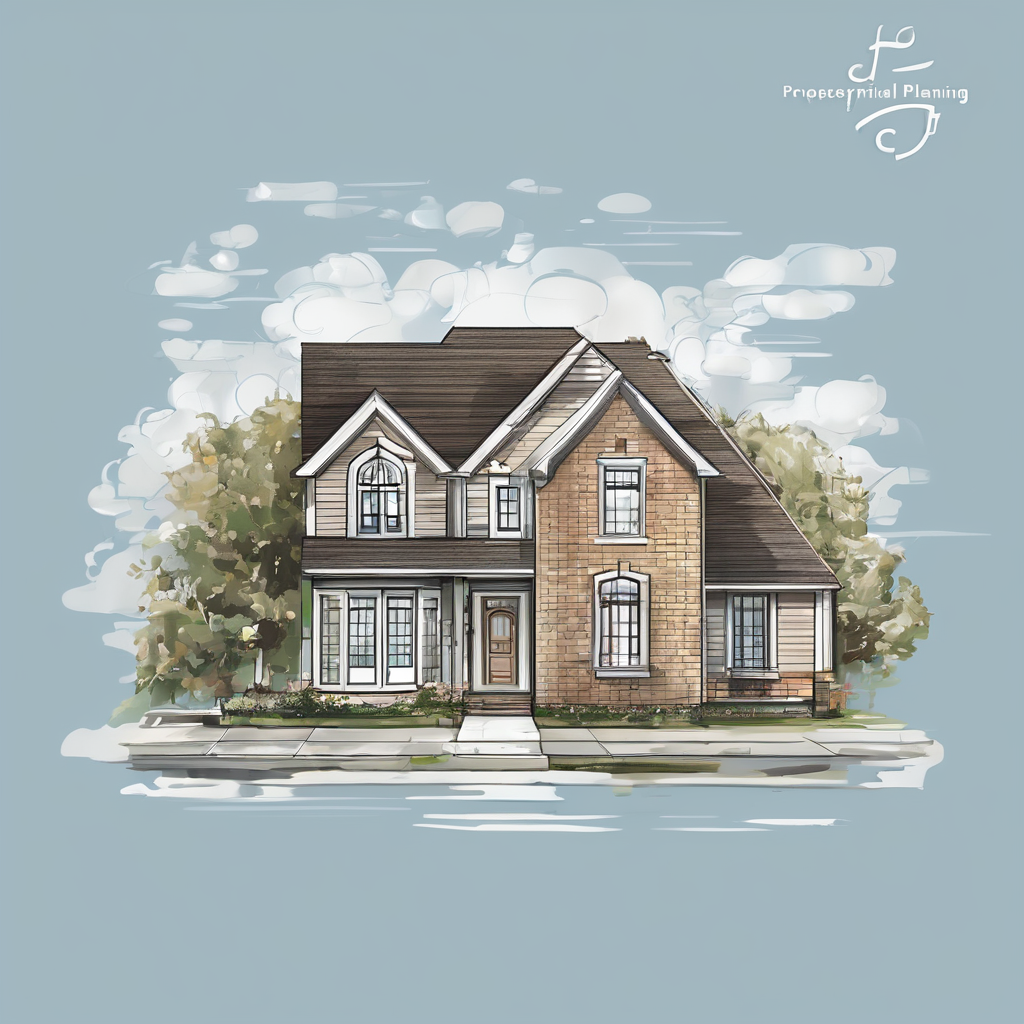As budding UK property developers or seasoned real estate investors, you must have come across the term ‘break-even point’. It’s a crucial concept that every business or investment project must understand and calculate accurately. In its simplest terms, the break-even point is the point where total costs (both fixed and variable) of a project equal the sales revenue. In other words, it’s the point where a business or project stops making a loss and starts making a profit. The same concept applies to a property development project.
This guide will take you through the process of calculating the break-even point for a UK property development project. It’s a financial tool that will help you better understand your project’s costs, potential profits, and the sales price you need to set to cover your costs and start making a profit.
En parallèle : What are the latest UK regulations on converting residential properties into holiday lets?
Understanding the break-even point
Before we dive into the calculation, it’s important to understand what the break-even point is and why it’s essential to your property development project.
The break-even point is a critical financial concept in every business, and property development is no exception. It is the point where your total sales equal your total costs – that is, the point where you’re not making a loss but not making a profit either. Any sales beyond the break-even point contribute to your profit, while any sales below it result in a loss.
Dans le meme genre : How can UK property owners legally reduce inheritance tax on estate properties?
In property development, calculating the break-even point is crucial in setting your selling price. It allows you to know the minimum price at which you should sell your developed property to cover your costs and start making a profit. This, in turn, helps you make informed investment decisions and mitigate financial risks.
Break down of costs
To calculate the break-even point, you first need to understand the different types of costs involved in a property development project. These are typically divided into fixed and variable costs.
Fixed costs are those that do not change regardless of the number of properties you develop. These include land acquisition costs, planning and legal fees, and interest payments on loans.
Variable costs, on the other hand, change depending on the number of properties you develop. These include construction costs, marketing and sales costs, and other operational expenses.
Understanding these costs is crucial as it enables you to determine your total cost outlay, which is essential in calculating the break-even point.
Calculating the break-even point
After identifying your fixed and variable costs, you can now calculate your break-even point. The formula is as follows:
Fixed Costs ÷ (Selling Price per Unit – Variable Cost per Unit)
The result will give you the number of units you need to sell to cover your costs. In a property development context, it shows you the number of properties you need to sell at a given price to break even.
For example, if your total fixed costs are £1 million, your variable cost per property is £100,000, and you plan to sell each property for £200,000, your break-even point would be:
£1 million ÷ (£200,000 – £100,000) = 10 properties
This means you need to sell 10 properties at £200,000 each to cover your costs and break even.
Analysing the break-even point
Analysing the break-even point is just as important as calculating it. It provides valuable insights into your project’s financial viability and profitability.
If your break-even point is too high, it might indicate that your costs are too high or your selling price is too low. This could mean that your project is not financially viable and that you need to either reduce your costs or increase your selling price to achieve profitability.
On the other hand, if your break-even point is low, it means that you can achieve profitability quickly, making your project potentially more appealing to investors.
In conclusion, calculating and analysing the break-even point is crucial to any UK property development project. It provides a clear picture of your project’s costs, revenues, and profitability, allowing you to make informed investment decisions and ensure your project’s financial success.
The role of software in break-even analysis
Software has increasingly become a critical tool in property development, especially in break-even analysis. Developers are leveraging innovative software solutions to streamline the calculation of the break-even point, among other financial metrics.
Software for break-even analysis gives you the benefit of accuracy and efficiency. They are designed to handle complex calculations and variables involved in property development, including the varying fixed and variable costs. By inputting your projected costs and expected selling price, the software can quickly determine your break-even point.
For instance, the software may factor in the discount rate, which is the interest rate used in calculating the present value of future cash flows. This is particularly crucial in property development, which often involves substantial upfront costs and returns that occur over a long period.
Moreover, software can allow for scenario analysis. In other words, you can change the values of different variables to see their impact on the break-even point. For instance, you can adjust the selling price or the variable cost to see how many units you need to sell to break even under different conditions.
Some software solutions even include case studies of successful property development projects. These can offer valuable insights and lessons to guide your own project. For instance, they can show you how other developers have managed their costs, set their selling prices, or navigated market conditions to achieve profitability.
However, while software can be a valuable tool, it should not replace sound judgement and careful analysis. A software development tool can provide the numbers, but interpreting them and making the right decisions based on them still requires a deep understanding of the property market and your project’s unique circumstances.
Conclusion: The importance of break-even analysis in property development
The break-even point represents a critical threshold in any UK property development project. It is the point at which the project transitions from a loss-making to a profit-making venture.
Calculating the break-even point involves understanding your fixed costs and variable costs, as well as the selling price you expect to achieve. This calculation allows you to determine how many units you need to sell to cover your costs and start generating a profit.
Software can aid in this calculation process, providing quick and accurate results. However, the interpretation of these numbers and the decisions made based on them require a deep understanding of the property market and your project’s unique circumstances.
In addition to calculating the break-even point, analysing it is equally crucial. Doing so can provide valuable insights into your project’s financial viability and profitability, guiding your cost management, pricing strategy, and overall investment decisions.
However, it’s important not to view the break-even point in isolation. It should be part of a wider cost-benefit analysis that considers other important factors such as market trends, competitive landscape, and the project’s alignment with your overall investment goals.
Ultimately, understanding and effectively utilising the concept of the break-even point can be a game-changer for your property development project, increasing its chances of financial success.






